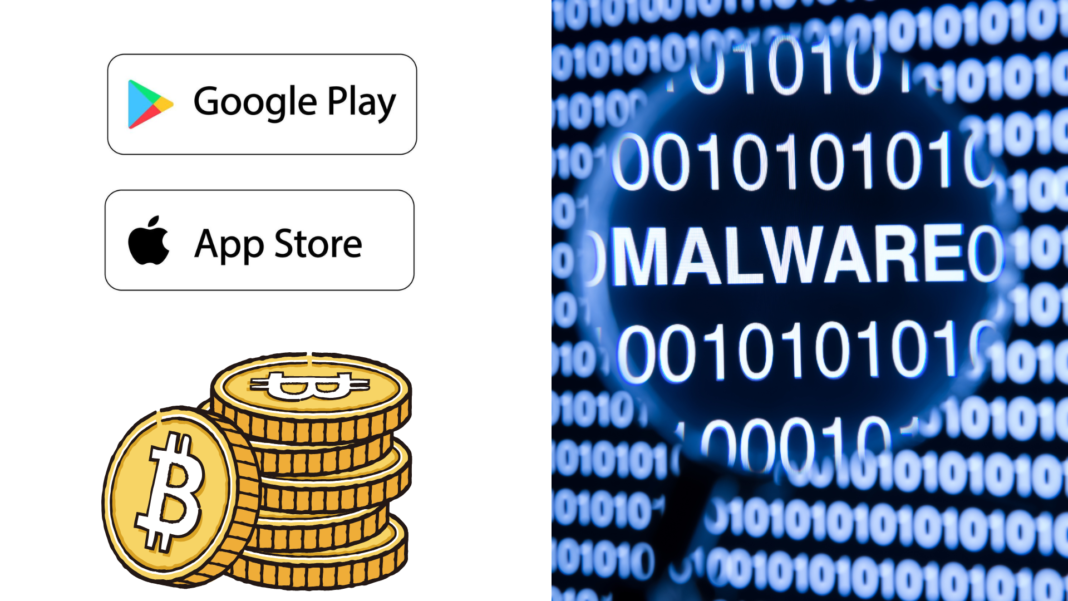In a surprising turn of events, a Malware called “SPARKCAT” that is integrated into Google Play and App Store SDKS is using OCR to scan images and steal cryptocurrency wallet metrics.
According to cybersecurity company Kaspersky Labs, it is suspected that over 242,000 devices are impacted due to this malware.
In a report published on February 4, Kaspersky analysts Sergey Puzan and Dmitry Kalinin stated that after the malware known as SparkCat infects a device, it uses an optical character recognition (OCR) stealer to look for photographs using particular keywords in various languages.
The case comes in against the backdrop of Malware attacks rising in the crypto sphere.
Crypto Sector Sees Rise in Malware Attacks
Malware assaults, which target weaknesses in cryptocurrency wallets and exchanges, are becoming more and more associated with the growth in crypto hacks.
Hackers siphon off money, obtain illegal access to digital wallets, and steal private keys via malicious software. Trojan horses and phishing attacks are frequent strategies in which malicious software poses as trustworthy links or software.
The value of digital assets draws cybercriminals seeking to take advantage of lax security measures as the crypto business grows.
Also Read: Telegram Influencer Scam Alert: ScamSniffer Warns Of New Malware Scam Targeting Crypto Users
How to Protect Funds From Malware Attacks?
To lower the risk of malware attacks and protect assets, users and platforms are encouraged to implement improved security measures including cold storage, two-factor authentication (2FA), and frequent software updates.
Analysts from Kaspersky advised using a password manager rather than storing private data in screenshots or a phone’s photo gallery. Additionally, they advised deleting any dubious or compromised programs.
Additionally, the report suggests that the virus in Android apps uses an encrypted configuration file saved on GitLab that contains commands and operating updates, as well as a Java component called Spark that is posing as an analytics module.
In order to find recovery phrases that can be used to load cryptocurrency wallets on attackers’ devices without knowing the password, a trust-based networking module uses Google ML Kit OCR to extract text from photos on an infected device.
Crypto Hacks See Unfortunate Rise
Kaspersky Labs’ report comes amid a global rise in crypto hacks. The growing popularity and value of cryptocurrencies has given a rise to the concern about the surge in crypto hacks.
To take advantage of weaknesses and steal money, hackers target wallets, exchanges, and decentralized finance (DeFi) services. Millions of dollars have been lost as a result of high-profile breaches, including those involving big exchanges and smart contract exploitation.
Additionally, as fraudsters trick users into disclosing personal information, phishing assaults and social engineering techniques have increased in frequency.
Stronger cybersecurity measures, governmental supervision, and user education are becoming increasingly important as the cryptocurrency market grows in order to safeguard assets and stop further breaches.
Also Read: North Korean Hackers Use New Phishing and Malware Attacks For Crypto Crimes


